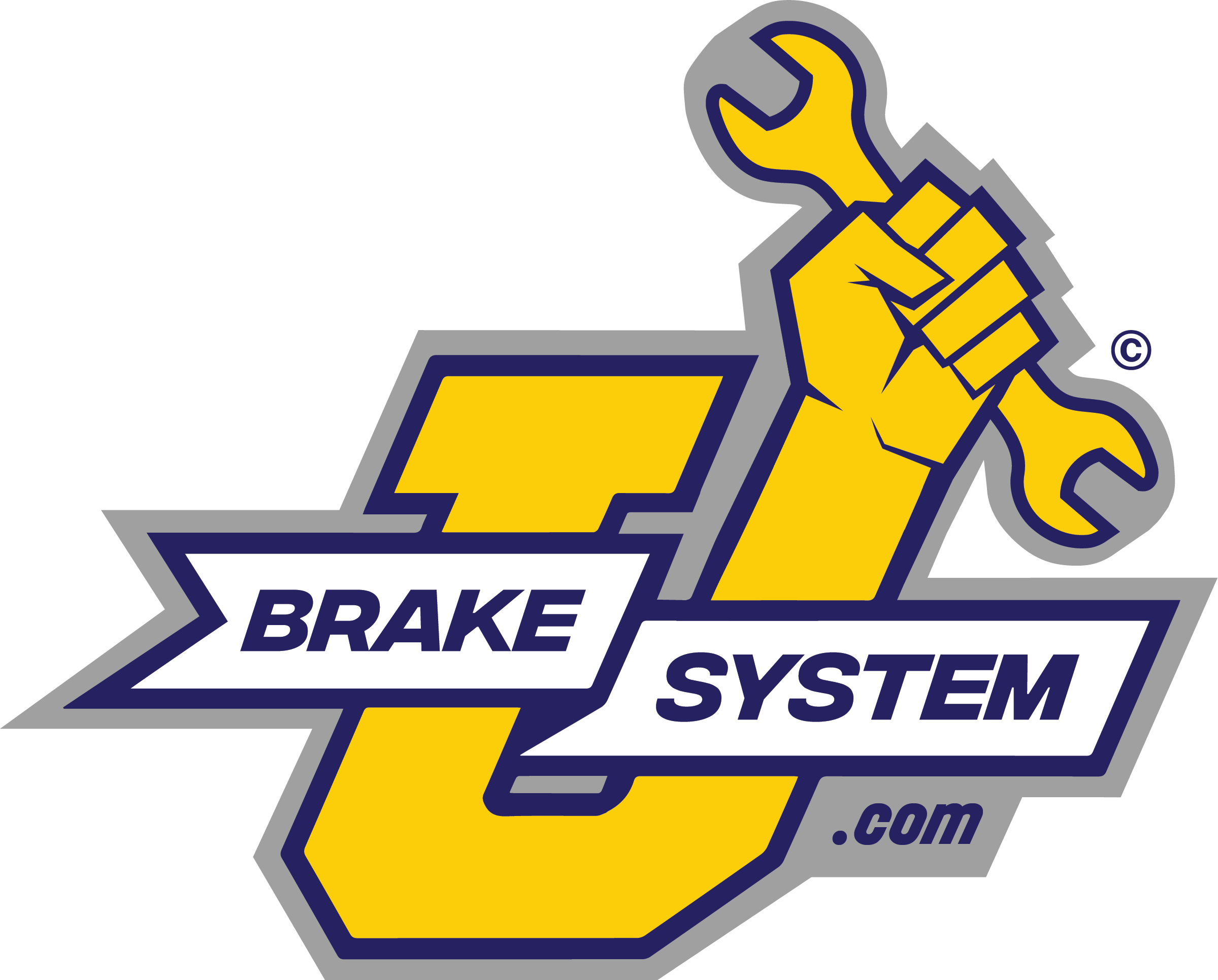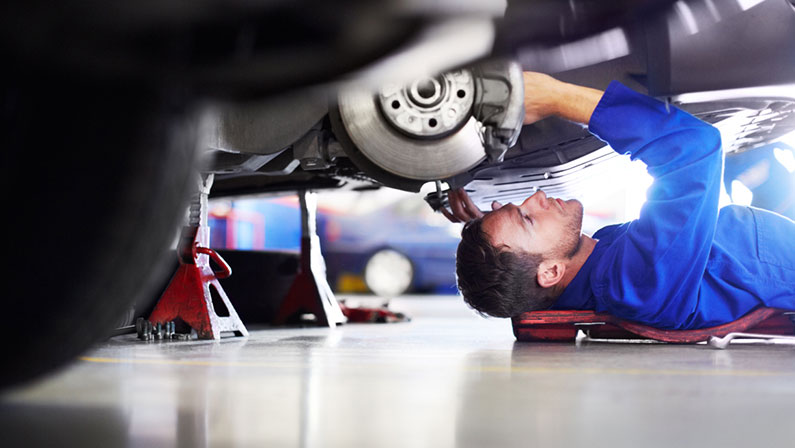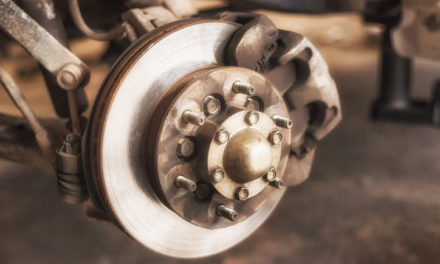The metal brake lines that snake under your car or truck transfer force from the pedal beneath your foot to the calipers and discs. Stand on that pedal hard enough to get the ABS pulsing and line pressure can spike to 1,400 psi (97 bar) or more. For comparison, your domestic water supply operates at around 50 psi (3.5 bar). So with the pressure that high, do you want to repair damaged or corroded brake lines? Let’s discuss.
Burst Strength Declines With Age
SAE standards define minimum brake line strength to ensure they won’t burst under the most extreme braking. But what happens as a vehicle ages?
The answer is corrosion. If you live in the snow belt, salt, and de-icing fluids attack your brake lines every winter. Corrosion can take place inside the brake lines too. Brake fluids contain inhibitors, but these deteriorate over time, which is why you should replace the fluid every few years even though many people don’t.
It’s also possible for brake lines to get damaged. An accident is an obvious cause, but they’ll sometimes get pinched by a badly positioned jack or axle stand.
The bottom line is, brake lines lose strength as they age. Given that you don’t want to take a chance on them bursting during an emergency stop, do you repair or replace?
Brake Line Repair?
During car and truck assembly the underbody brake lines are some of the first components to be fitted. That makes them difficult to remove. It can often entail dropping a fuel tank, subframe, or transmission. This is why repairing can seem attractive; it’s less work.
If you were to repair a brake line, you’d probably be splicing in a new section. Maybe you can weld or solder well enough that it will withstand 1,400 psi, but don’t forget that there’s an increased risk of corrosion at the joins.
Go for Brake Line Replacement
Installing new brake lines is clearly the safer approach. For many vehicles, you can buy pre-formed brake lines that should be a direct replacement for what you take off. Inevitably, it’s not quite that simple because you need to remove all the parts in the way, but it can be done. Another approach is to buy a brake line kit. These kits include a length of tubing that can be pre-flared with fasteners attached. You bend it to fit as needed.
Alternatively, you can assemble and form your own replacement brake lines. Just buy quality tubing, the right fittings, and the tools necessary to flare the ends precisely.
Choose Quality Brake Lines
Replacement brake lines are available in steel, nickel-copper, and PVF (polyvinyl fluoride).
Steel brake lines are inexpensive, but the downside is, you could be replacing them in just a few years. Nickel-copper lines cost more, but the material is corrosion-resistant and will last longer than plain steel. And as a bonus, it’s easy to shape.
Alternatively, you have the option to go with PVF. PVF is technically a polymer coating applied over steel brake lines to prevent corrosion. These brake lines are extremely durable, thanks to the tough coating, and also very strong.
Resist the Pressure!
Never take chances on old or damaged brake lines. They could burst when you need them most! Be safe by replacing them.










